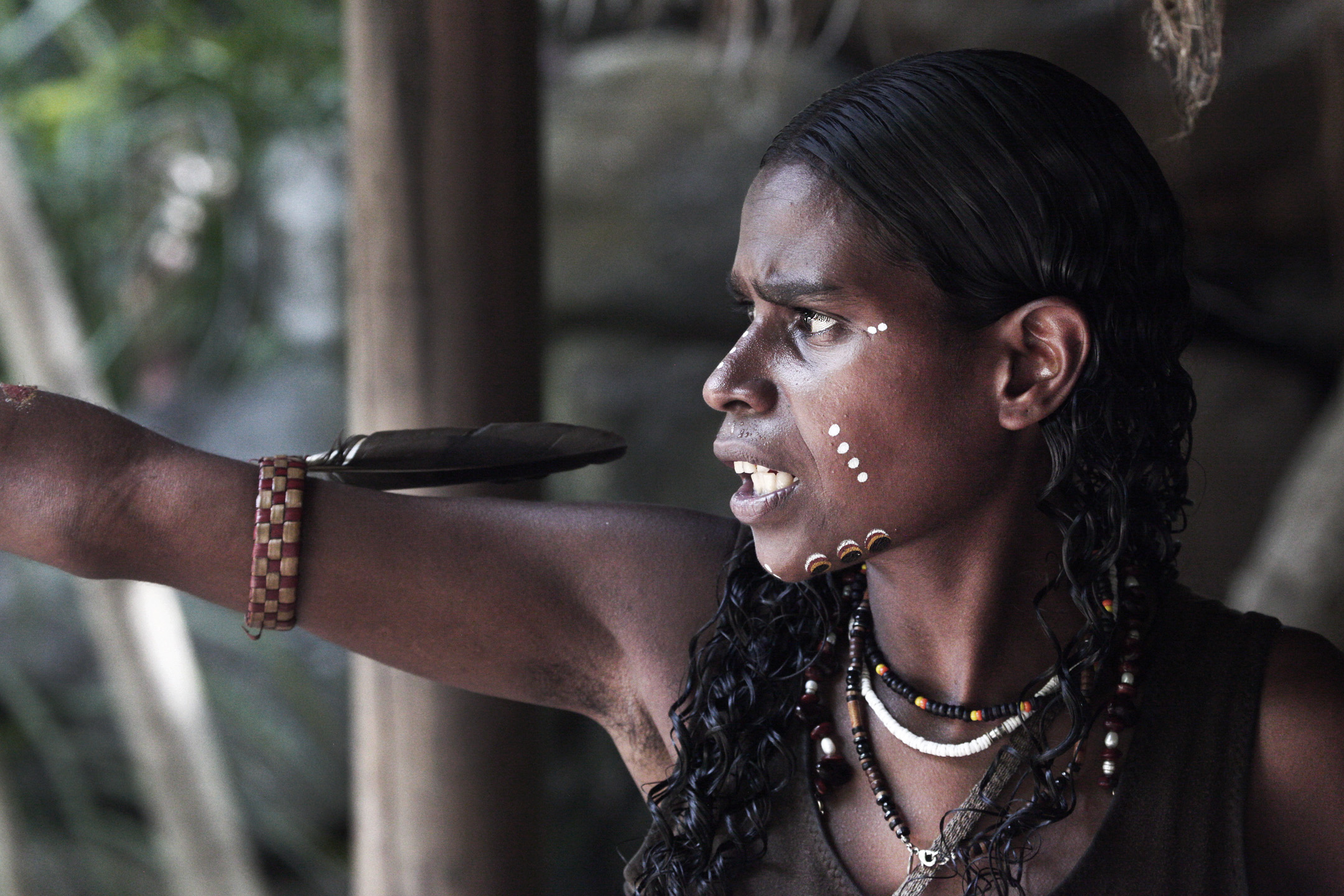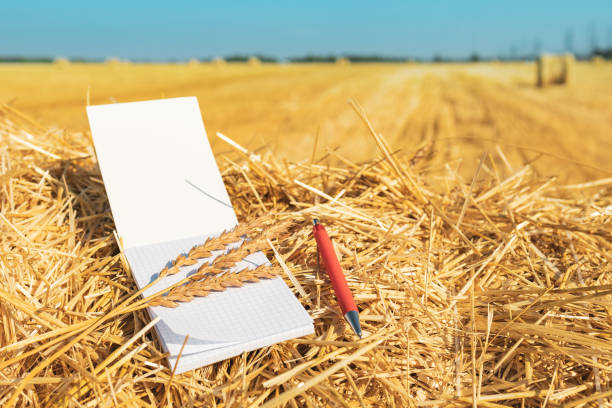Memory landscapes are some of the most ancient memory techniques and in the right hands the most powerful ones. The premise is simple: everything we see can be infused with hidden meaning, teaching and reminding us of things. This means that we can infuse the things we see with hidden meaning, or that we can create imaginary landscapes to encode the meaning we want.
The added advantage of the methodology I describe here is the ability to be verbally passed from one generation to another. It is better to use your physical current home this way, rather than reusing it for abstract mental palaces. You can read more here.
Memory of ages
One of the craziest things about the memory techniques used by Australian Aborigines is the resilience of the story. While our storytelling methods work like a broken telephone game, being strongly distorted every time the story is told by a different person, some Aborigines tell stories of the events that happened thousands of years ago, and the story appears to be accurate and verifiable by cross-referencing with other historical pieces of evidence. This means some sort of age-less memory methodology that can be easily passed between very different people.
If you are interested in unlocking your memory landscapes using proprietary and modern techniques derived from the aborogional memory technique, you should get my memory masterclass . You do not have to pay the full price. Contact [email protected] and ask for a deep discount. Notice, since this is an advanced technique you need to have some basic memory training before trying it.
What makes prehistoric people different
We work a lot, and our work feeds us and provides us with everything we love so much. Prehistoric people did not have many material possessions, and the possessions they had usually were not labor intensive. This meant that prehistoric people had significantly more leisure time than we do today. If we have around 4 hours of leisure per day, we feel lucky. Prehistoric people had on average 4 hours of work, and all other time was leisure, typically spent in storytelling, arts, and music.
By definition, prehistoric people did not have written language which is the way we understand history. But they had a very rich oral tradition, and a lot of time to practice it. Unlike medieval farmers confined to small strips of land, the prehistoric people roamed huge areas and infused everything they found with deep meaning. Once they found remarkable landscape features, they added their art and featured the landscape in their stories.
Since prehistoric people did not have clear social status symbols, they were less inclined to modify and embellish their stories, and more inclined to pass the information through the ages in its most direct and unaltered form. This was especially true for the older generation, which served as a living memory of their tribe.
Physical mental palaces
While the mental palaces we use today are virtual structures inspired by physical structures from our past, the prehistoric people encoded their histories into existing landscape features. Unlike us, constantly changing our environment, the prehistoric landscapes used to be almost constant. If something changed a prehistoric landscape, it would probably be something absolutely massive like a flood or a volcano eruption. Middles East had plenty of both, but the Australian landscape did not really change until the Europeans arrived. This means that the actual physical landscape was sufficiently stable to provide all visual anchors for every story that needed to be encoded.
There is a valid question of how we can encode different stories over the same landscape. The answer is very simple. We can use various historical periods following each other. For each period we have a god, a hero, or an artifact representing it – let us call it an anchor. Then in the presence of the right anchor, an entire huge story can be overlaid over the large landscape. When we change the anchor, we change the story.
Triple coding
Typically when we really want to remember something we use dual coding. If we use more than dual coding, we add another level of stability. Here we have a story of a god or a hero, leaving all sorts of marks in the physical terrain. This means that we have a story as a song, the marks in the terrain as visual clues, and visualization of the action – for example as a dance. This triple treat is not just easy to remember, but also easy to pass to somebody else. If done correctly, it is pretty much unforgettable for people with shared cultural traditions and landscapes.
Again I compare this for example with the Middle East and the story of Gilgamesh as one of the most ancient and ubiquitous myths. The story changed as the culture evolved, as the people traveled and changed. In one part of the epic story, the hero constructs ships from prized wood. In some of the older versions, the wood was taken from the Zagros mountains. Later, the wood was taken from Lebanon. Possibly because over millennia, the Zagros mountains became deforested. Each time our myths are retold they change. The Sumerian and Accadic scribes possibly did not even visit the mountainous cedar forest. Things like that do not casually happen when the events are encoded on specific stones of a very specific terrain.
Triple coding attached to landscape is typically very specific, and very specific landscape features take part in the stories.
Home turf, where every stone inspires
Since the stories are encoded on specific landscape features, simply seeing the relevant landscape feature reminds us of the relevant stories. This part is true not just for prehistoric people. Battle-hardened warriors for millennia wept near the stones of Jerusalem, as these stones told very specific stories with deep moral and historical meaning in all three monotheistic religions.
In our monotheistic tradition, we have the holy landscape of Jerusalem, the stories that happened there for the last 3000 years, the art pieces commemorating these stories, and so on. While female relatives of ancient Roman emperors reimagined some of the stories, these stories were strongly associated with very specific places 1500 years ago and have not changed since. Inspired by those stories and stones, people do very strange and heroic deeds, contributing further stories and layers of history.
Now we do not have many places like that. Rome and Jerusalem are unique in our culture. The stone ruins of Uruk are impressive but not inspiring. For a prehistoric culture whose local beliefs and stories coincide with local landscape features. every stone inspires something.
Use your physical home as a mental landscape
One of the things we can do is copy some of the aboriginal techniques. Once we settle in a home and become sure that we will never leave it or modify it, we can start associating stories with the features of our home. Typically this means creative meaningful stories permanently anchored in various parts of our home. The stories can for example deal with our family and its stories through the years. Or we can use autobiographical stories. As soon as we introduce triple coding, or anchor our story with an old photo or some emotionally charged item, we can pass our legacy to the next generation.
And here is another caveat of the aboriginal landscape method. It is very effective for telling stories of local cultural significance but useless for abstract stories. Still, it is better to use your physical current home this way, rather than reusing it for abstract mental palaces. There are many other structures we can use for mental palace instead, that have very little cultural and motivational value.


Get 4 Free Sample Chapters of the Key To Study Book
Get access to advanced training, and a selection of free apps to train your reading speed and visual memory

